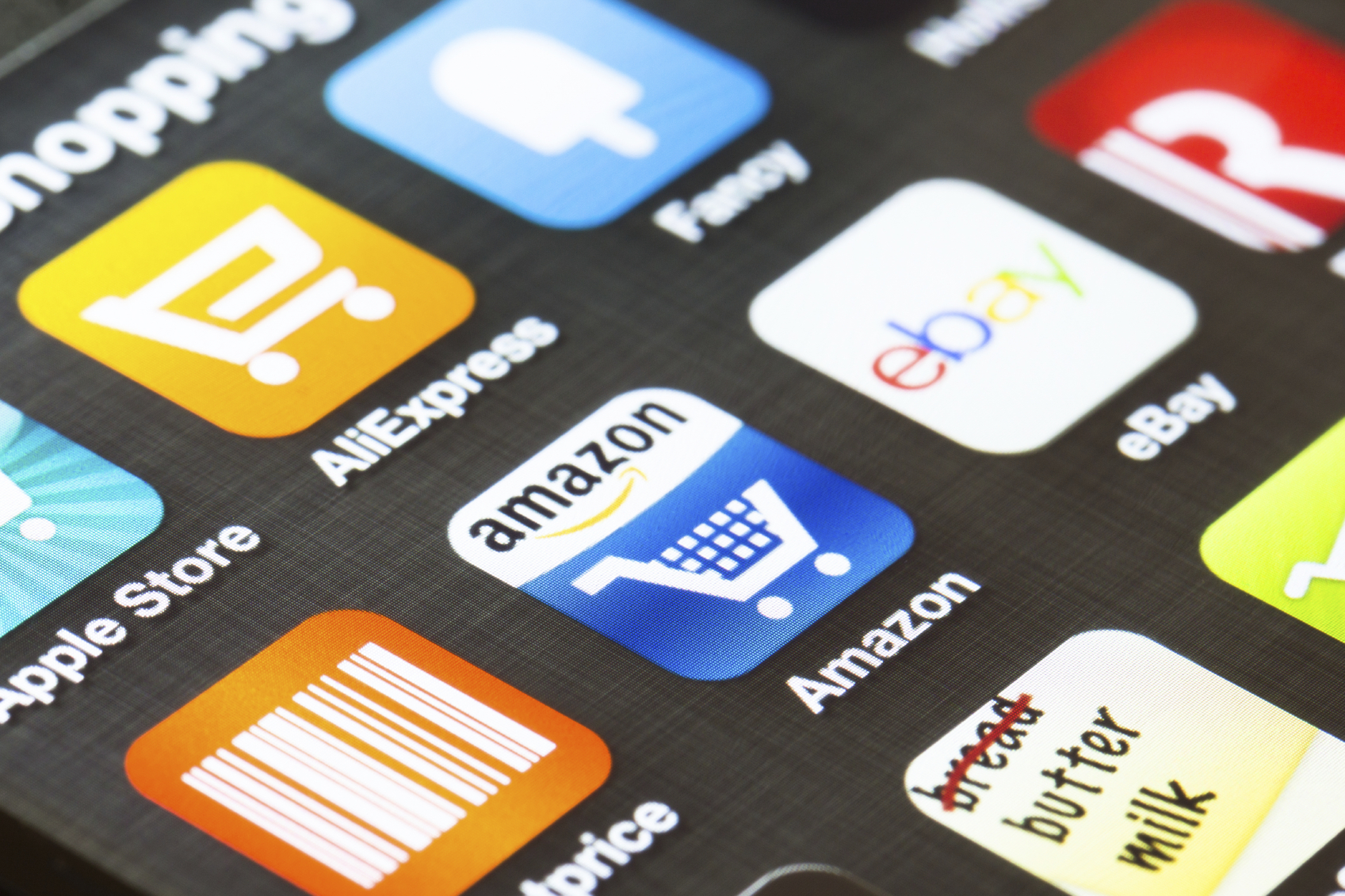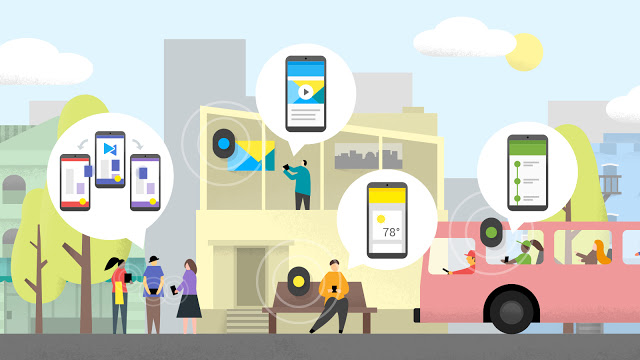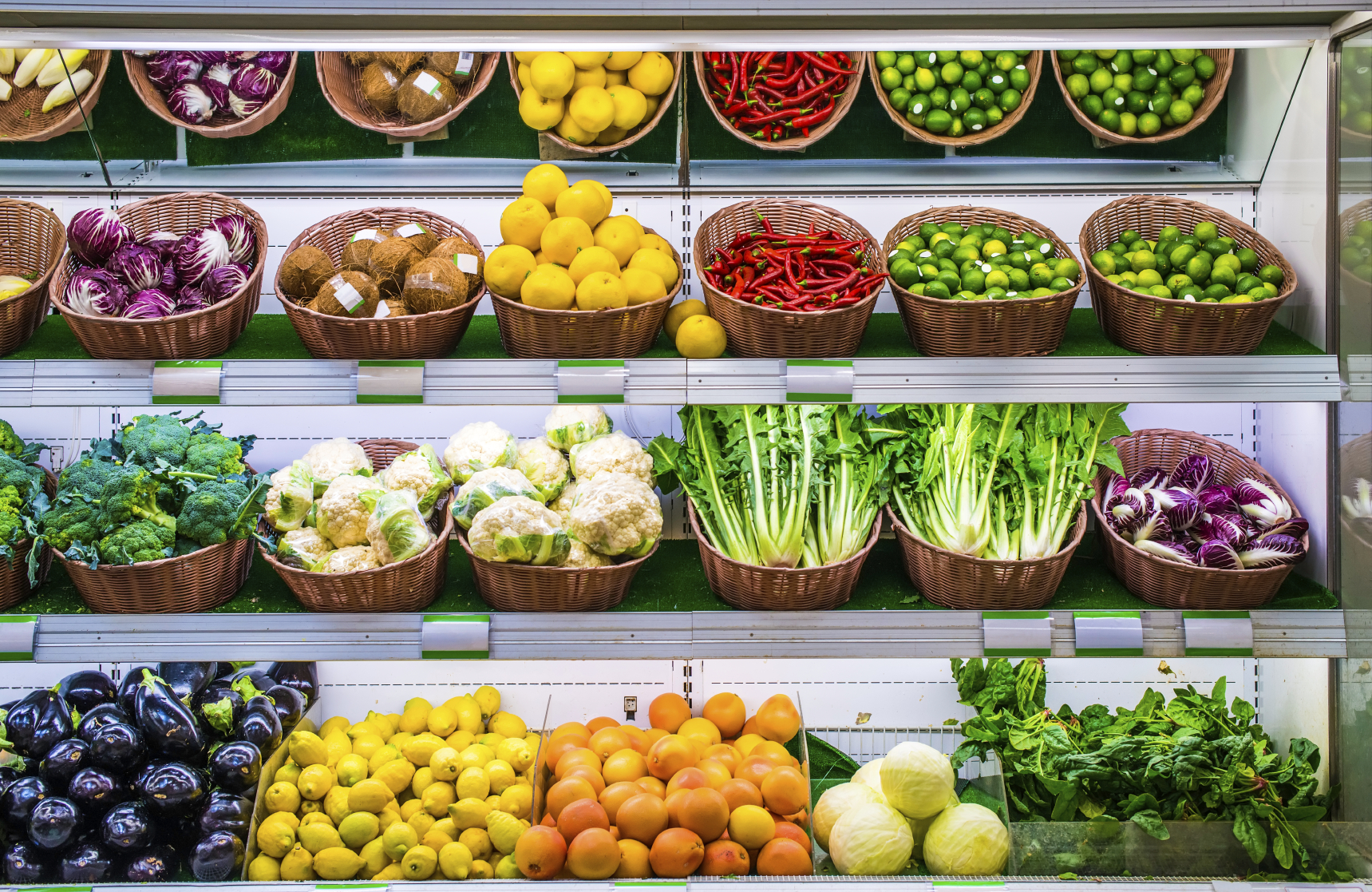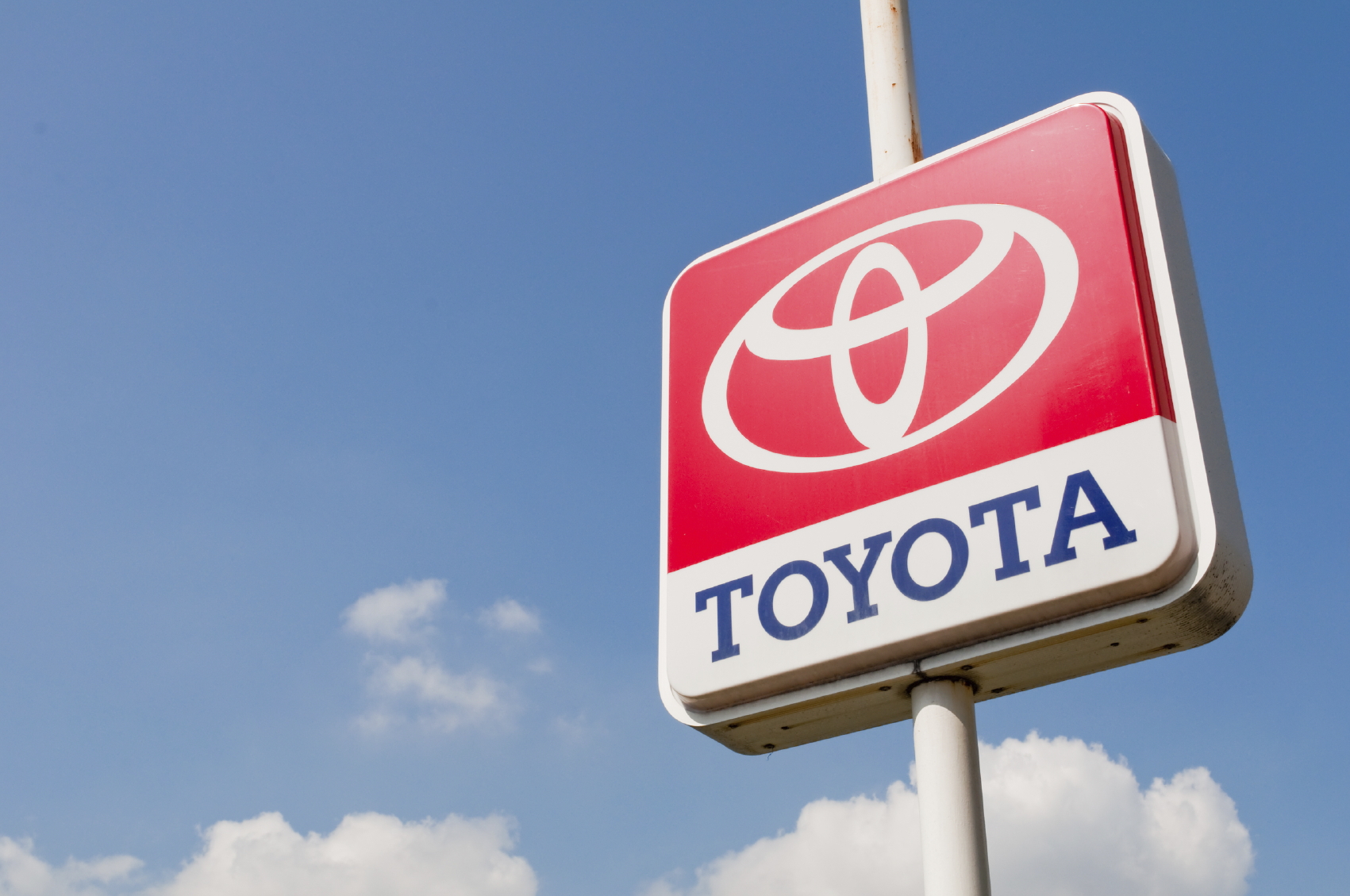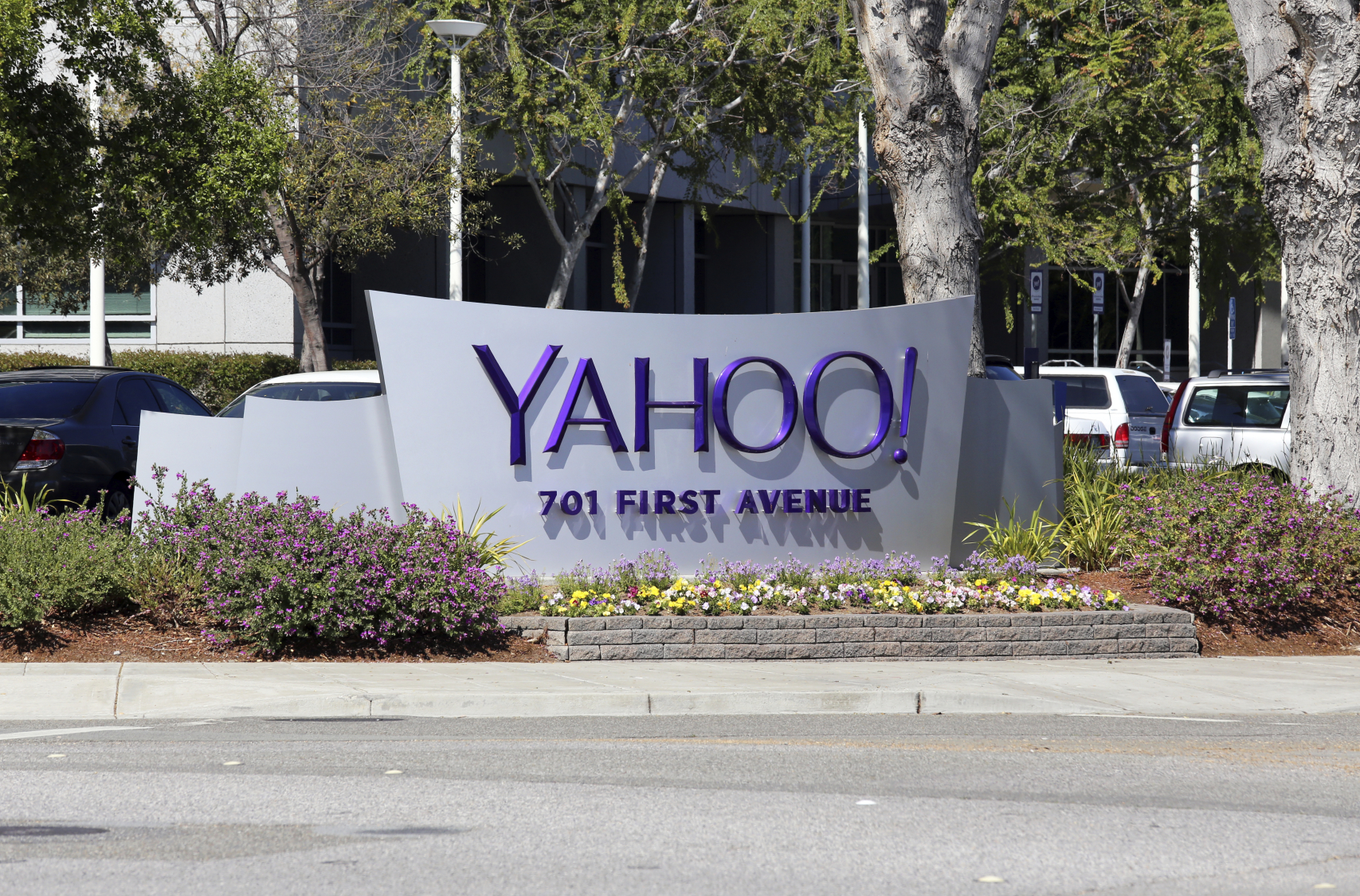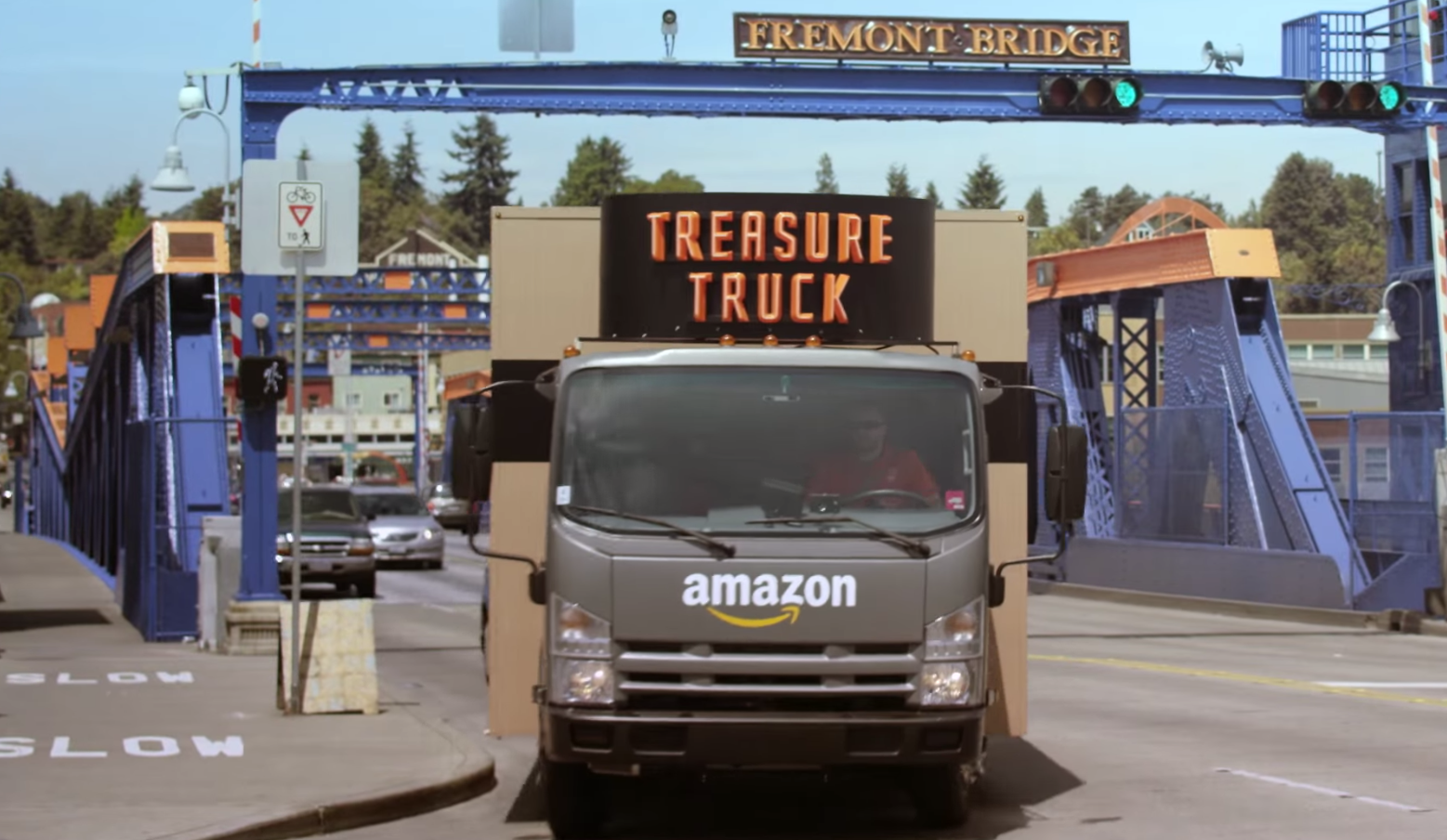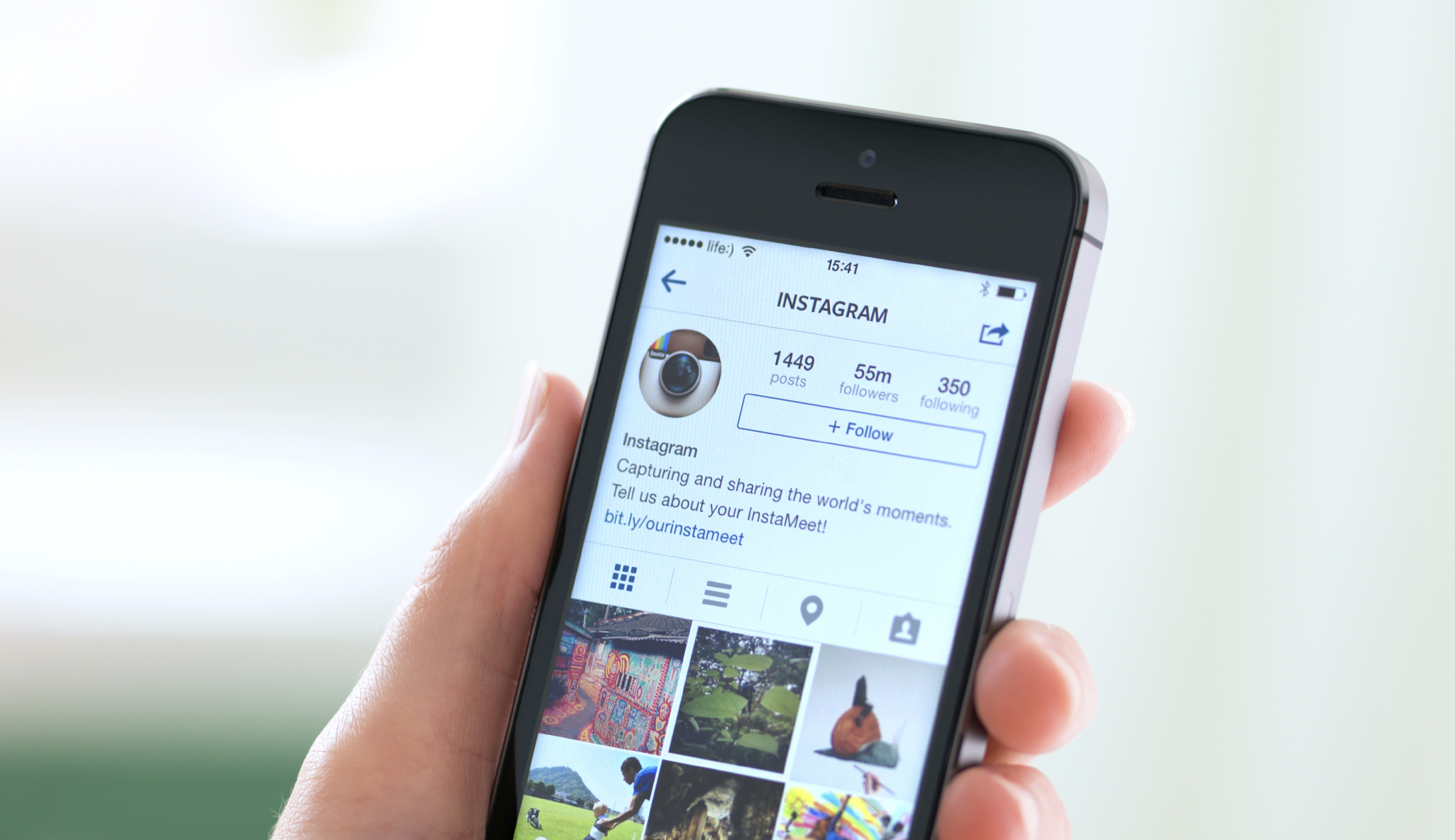What Happened
Google has added more curated recommendations to the “Explore” tab of Google Maps mobile app, continuing its efforts to beef up its hyperlocal search offerings. Available now in NYC, San Francisco, and London, the update focuses primarily on restaurant recommendations, adding various filters that aim to help users quickly find nearby places to eat or drink. Back in July, the search giant also added direct hotel booking to its service.
What Brands Should Do
According to recent reports, search queries with local intent is taking up nearly half of all U.S. search volume, and half of them lead to store visit, something that local businesses and stores should capitalize on. This update brings Google Map into direct competition with others in the local discovery market such as Yelp and Foursquare. While the majority of the curations are created based on the algorithm, Google notes that, in specific neighborhoods, editorial insights will also be included to “highlight the local flavor.” This certainly leaves the door open for brands and local businesses to get on the front pages of Explore.
Source: TechCrunch


